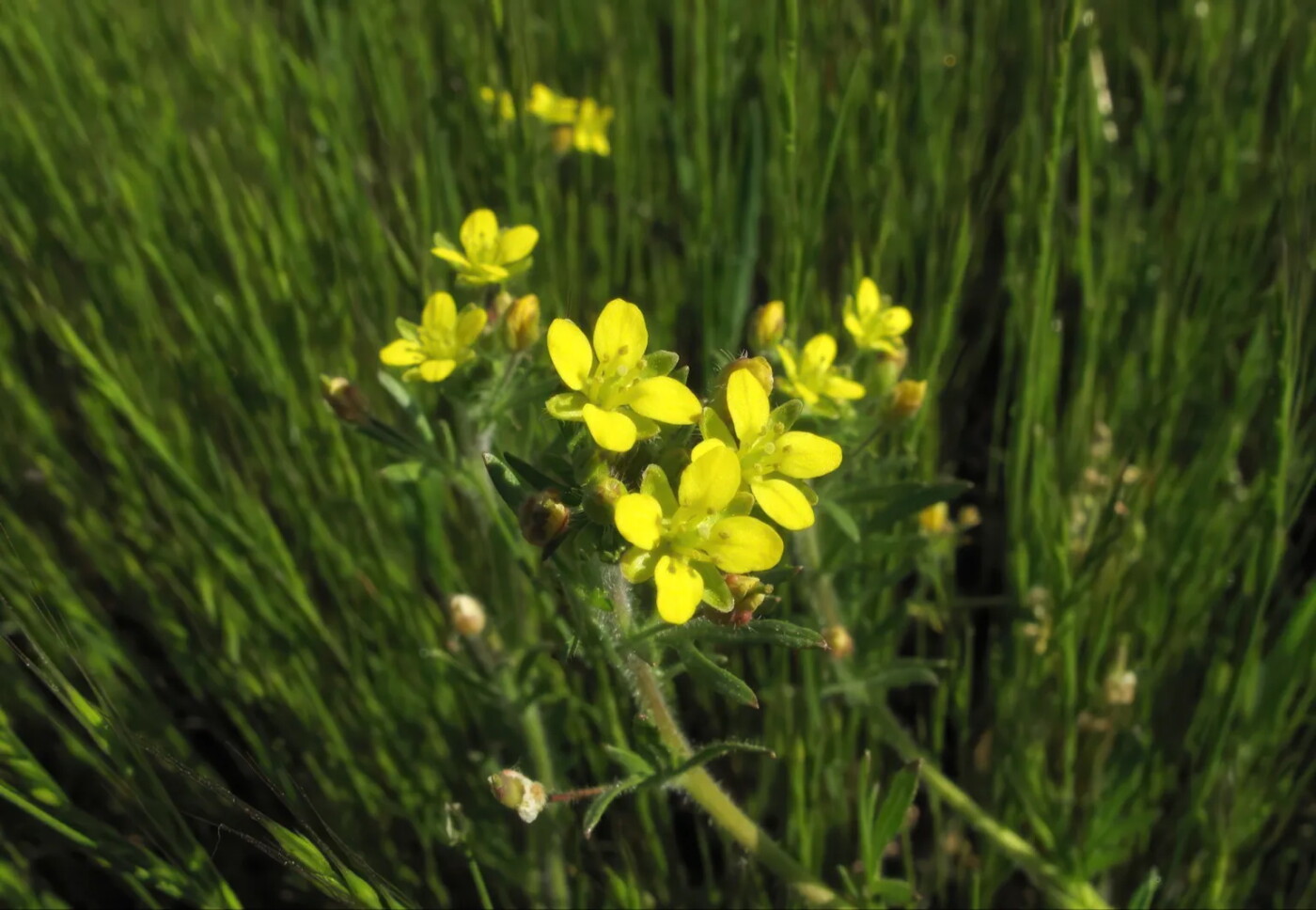A yellow-flowered California native plant that has rarely been seen for 68 years has been rediscovered in Vasco Caves Regional Preserve in eastern Contra Costa County.
The caper-fruited tropidocarpum (Tropidocarpum capparideum) was found on March 3 by botanist and environmental consultant Heath Bartosh. Bartosh was searching for the plant on local ridgetops for the East Contra Costa County Habitat Conservancy when he and his colleague rediscovered the endangered species.
Native plants are important for supporting a more diverse ecology of butterflies, birds and other animals, including humans.
The plant was first documented in 1888 by botany professor Edward Lee Greene of University of California, Berkeley. At that time, Greene wrote that the species was “very common in the low alkaline valley lands skirting the San Joaquin River in Contra Costa County.”
“We have come a long way from the days when E.L. Greene said caper-fruited tropidocarpum was a common species,” said Bartosh. “Since the late 1880s, non-native species have become more abundant, outcompeting native species. This find highlights how crucial public land conservation and stewardship are to native plants.”
“Finding and documenting this new population required a thoughtful survey approach and persistence because annual plants may not germinate every year,” said East Contra Costa County Habitat Conservancy executive director Abigail Fateman. “This small population will be a high priority for monitoring and management for our team.”
The Vasco Caves Regional Preserve is located south of Brentwood, and the land is part of 14,000 acres in eastern Contra Costa County managed through a partnership with the conservancy and the East Bay Regional Park District.
The post Rare plant rediscovered in East Bay after 68 years appeared first on Local News Matters.
